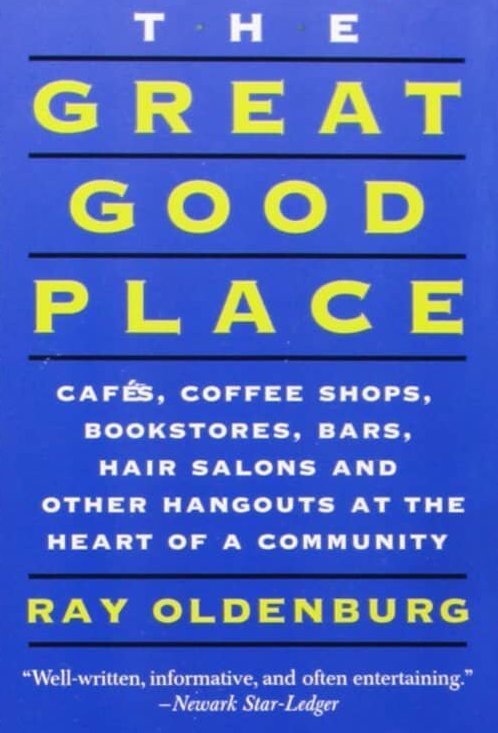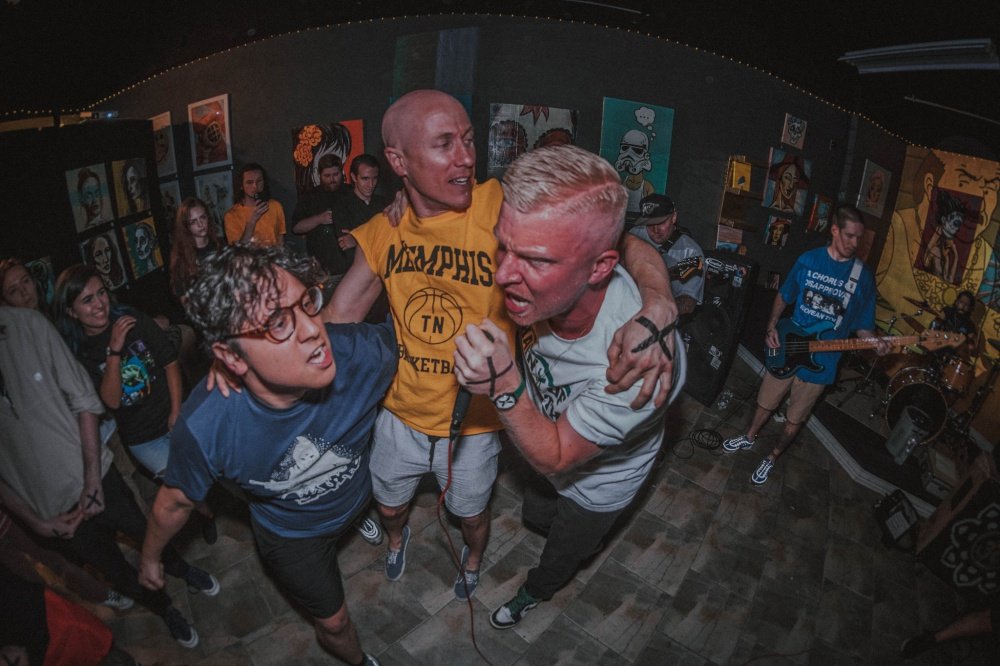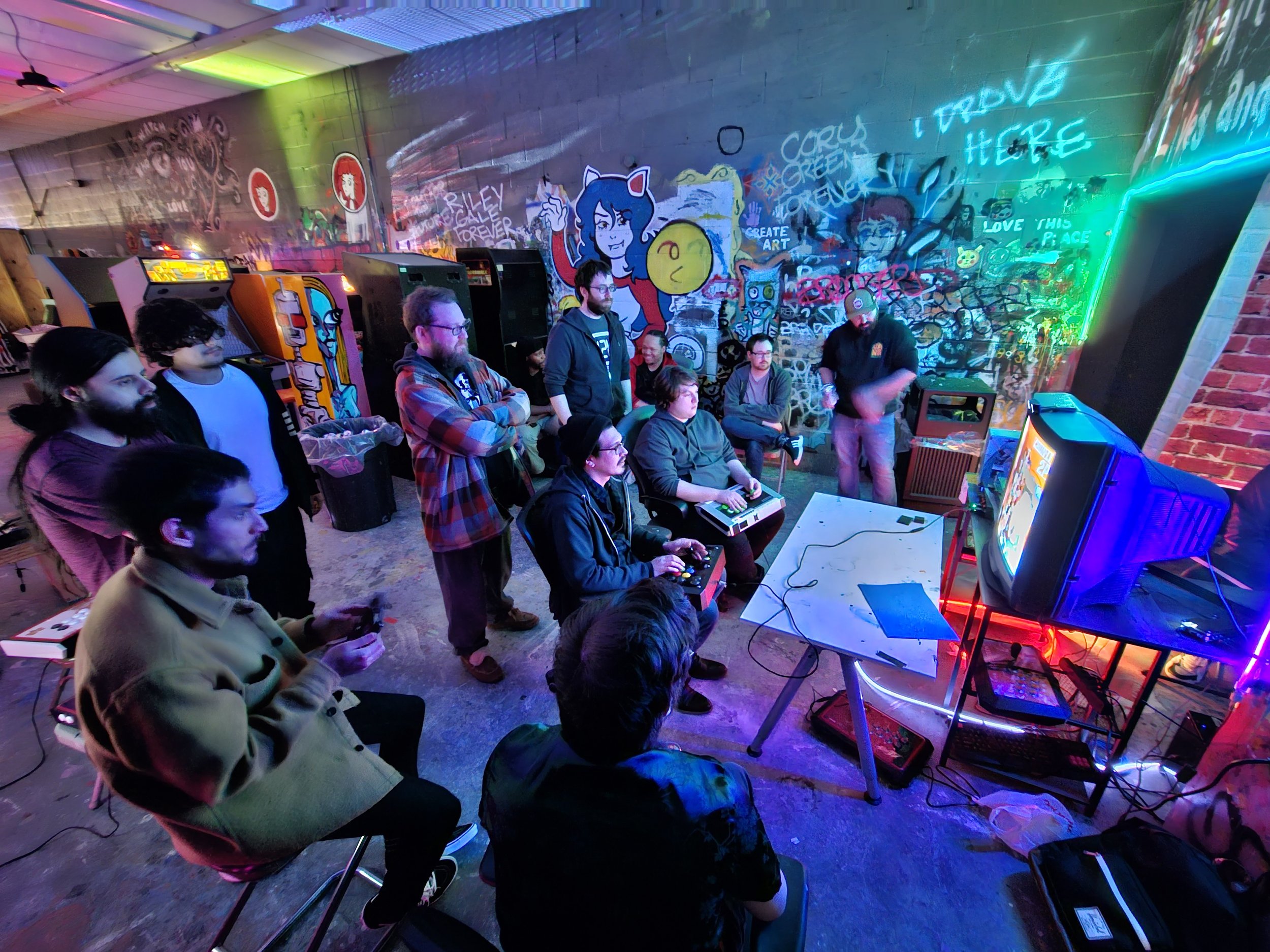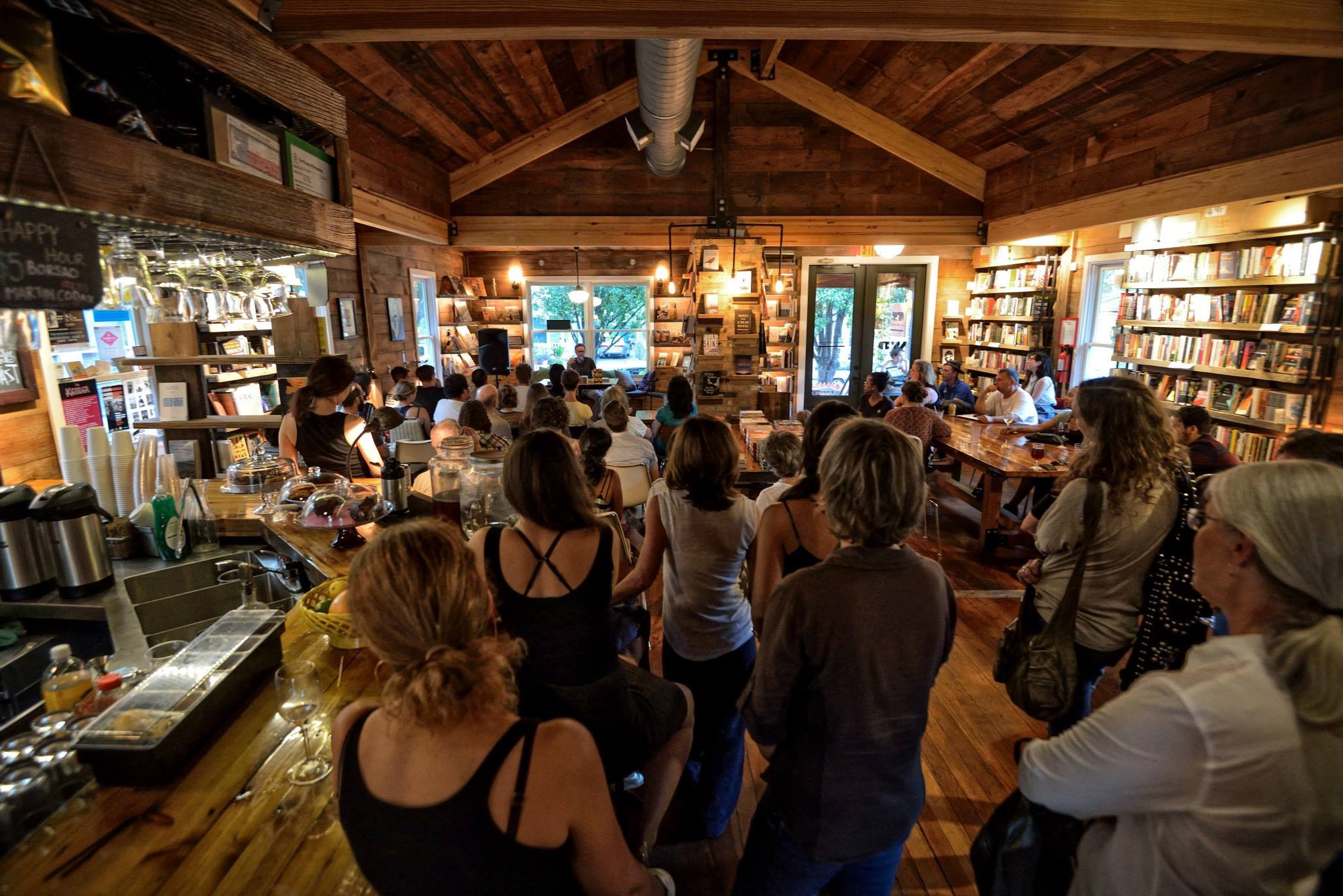The Death and Life of Great American Third Places
Third Place:
A physical location besides work or home where there’s little to no financial barrier to entry and where conversation is the primary activity.-Allie Conti, Atlantic Magazine
________
by Rik Adamski, President, ASH+LIME
I ask you to indulge my nostalgia.
Back in the mid-90s, I was a student at the University of Cincinnati. I lived a few blocks from campus, carless in an automobile-oriented city. Like most students, I had little money. And, at that point, I was under 21, barred from many venues and with generally limited interest in drinking.
Yet I had no shortage of satisfying hangouts. Despite my financial limitations, I was able to immerse myself in a variety of places (coffeehouses, stores, diners, dance clubs, music venues, etc.) and enjoy an assortment of conversational experiences nearly every evening – ranging from discussions of philosophy and history at a Lebanese restaurant to late-night interactions at the 2 AM coffeehouse. A few of my hangouts were on my campus, but most weren’t. But how did I do that, so often, on such a limited budget?
The most significant factor was the access I had to high-quality Third Places.
The term Third Place was first coined by Ray Oldenburg in his 1989 book The Great Good Place.
Third Place is one of those ideas that’s hard to define… but one knows it when they experience it. Third Places are neither work nor home, but common grounds where people can come together and connect. They can come in unexpected venues, such as the small neighborhood grocery store where I worked for a while, at which locals would often converse for hours. Some traits of the best Third Places include:
They are open and welcoming to everyone
Much of the focus is on socialization and convversation
People can hang out and linger without having to spend a large amount of money
They attract a community of regulars (“where everybody knows your name”)
I was fortunate enough to have a rich assortment of these places in my orbit, which allowed me to immerse myself in the public life of my community. But today, I believe, my college experience would have been quite different. In my view, the number and quality of Third Places that are available have greatly dwindled — particularly for people with limited finances. Had I gone to the same university today, it would be far more difficult to be immersed in the daily life and culture of my neighborhood and city. While I wish this were merely the perspective of a middle-aged man who is disconnected from the habits of the young… I’ve polled and spoken to a diverse enough selection of people to confirm this instinct.
Today, people have more opportunities to entertain themselves at home, and the costs of renting a storefront and running a commercial business are higher — requiring a constant flow of revenue. Even places such as coffeehouses, which once tended to serve as socially-connecting Third Places, have largely become work and study spaces centered on electronic devices.
New habits created by COVID-19 reinforce isolation. The path of least resistance is to stay home.
Unfortunately, this limits our connections to our communities and the diversity of life in our cities. This is not good for us as humans. But it also isn’t good for cities, which thrive on different types of people interacting with each other in various ways.
As a planning professional who focuses on downtowns and neighborhoods, I have come to believe that Third Places should be at the heart of how we think and work. I am currently exploring questions such as:
What do we mean when we refer to a Third Place? What are some of the specific traits they share?
What are some good examples of Third Places that work well today?
What are some of the social consequences of losing these places?
What can individuals, businesses, and civic leaders do to help support these places?
How can Third Places be incorporated into planning assessments and recommendations?
While addressing this challenge may seem daunting, I believe that acknowledging and understanding it is the first step. I am confident that much of this can be addressed, with strategies which connects people (and programming) with spaces. It is crucial that planners recognize the importance of Third Places and work with business owners, property owners, the creative community, and not-for-profits to support their creation and maintenance. I look forward to sharing case studies and discussing strategies to help cities and their stakeholders better confront this challenge.
As a concluding question, I will ask the reader to help guide us in the right direction:
What is a good example of a Third Place in your community?
Hit us up on Facebook, LinkedIn, or Twitter to share your thoughts and join the conversation!
Above: Life Force at Central Arts, Bedford, TX, 2018. (Photo: Zane Daniel)
Below: Central Arts, Hurst, TX, 2023.
Wild Detectives in Bishop Arts, Dallas, TX. (Photo: Scott McDaniel)
AllGood Cafe in Deep Ellum, Dallas, TX. 2021. (AllGood Cafe Facebook)







